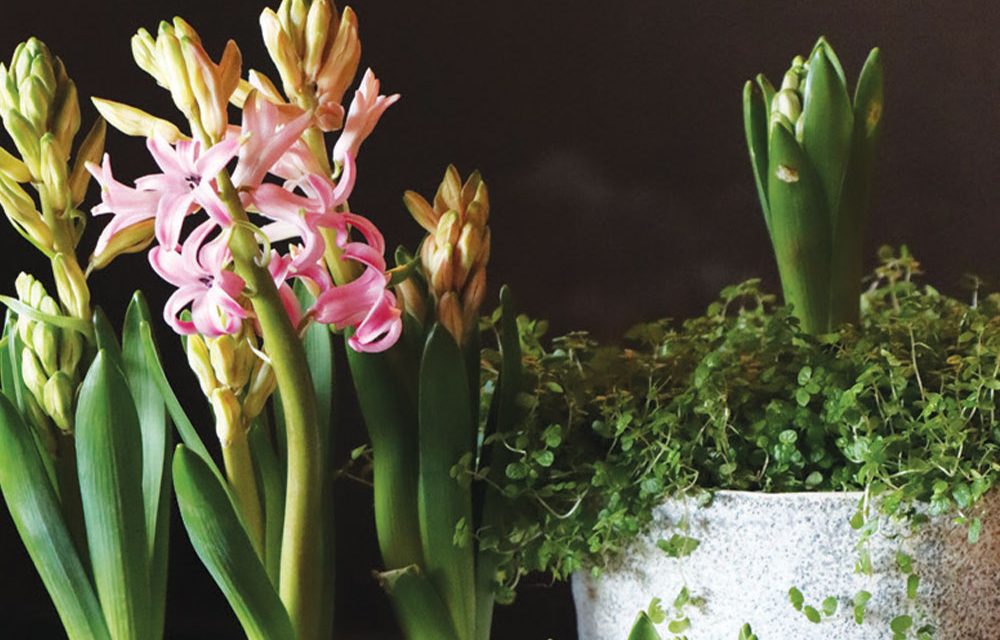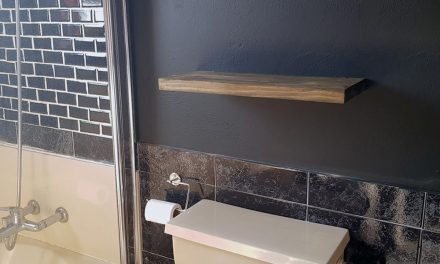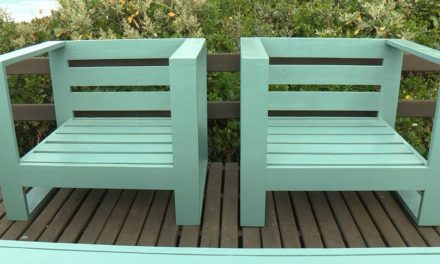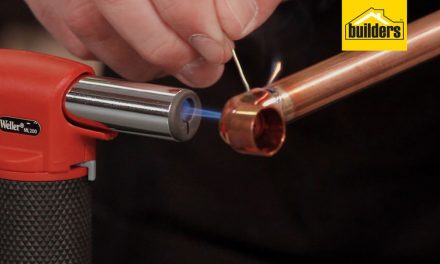During the colder autumn and winter months, its easy to get creative with indoor gardening when gardening outdoors becomes too cold. It’s also a great time to tackle a few projects and revamp some pots. Let’s explore:
Winter colour indoors with bulbs
Some may be surprised that bulbs are really easy to grow. They come with their own food storage packed into the bulb for a whole season’s worth of growing and all they need is good drainage and water. The easiest way to start growing bulbs is to grow them on water and this is easy to achieve indoors.
Simply place pebbles, gravel or decorative glass pebbles in a saucer or tray that can take water and fill to just below the stones. Place the bulbs on top so that the bases are just touching the water and make sure to top up regularly. Place in a brightly lit area and that’s it – just wait for them to shoot and flower.
Planting bulbs in the garden
There is a long list of spring-flowering bulbs that can be planted in the garden in autumn for a spectacular display when they bloom. In positions from full sun to semi-shade, there is a bulb for all parts as long as the soil is welldraining and well-prepared for planting beforehand.
Plan to group bulbs together in 15 – 25 plants with the short ones in the front and the taller varieties at the back of garden beds. Prepare the soil a week ahead of time and plant the bulbs as soon as you get them. Loosen the soil to more than the depth in which the bulbs are going to be planted (at least 30 cm) and add plenty of compost with a handful of slow-release fertiliser and mix well. The soil should be loose and friable before planting the bulbs. Allowing a week to prepare the soil will let it settle and the fertiliser will start breaking down. This type of soil will make sure that bulbs don’t sit in water and have the chance to rot.
Caring for houseplants
An indoor garden needs the same attention as an outdoor garden – they all need water, food, light and loving care. Stick to these houseplant rules and you can’t go wrong:
Water: Too much of it is sometimes the reason why houseplants die off. The key to success lies in the simple ‘sense of touch’. Push your finger into the soil to feel if the top layer has dried out. The golden rule for most flowering houseplants is soil that never dries out completely. So, if it feels dry, it probably is, and then you should give it water. In winter, it is best to use tepid water and not the ice-cold drops running from a tap.
Light: Technically, different plants sometimes need different light conditions but it should not be a headache to you. Choose a spot with lots of natural light close to a window, but be careful about scorching sunlight shining through, or placing it too close to the window as it turns very cold at night.
Air movement and drafts: Houseplants love fresh air movement around them, but not in the form of a continuous cold draft over their leaves and blooms.
Loving care: Feed flowering houseplants every two weeks with a water-soluble fertiliser and keep on removing spent flowers and old leaves to encourage more blooms and to keep them neat.
Drainage: The first thing one wants to do, is to place a flowering plant growing in its practical nursery container, into a decorative cover pot which has no drainage holes – also to protect furniture from water damage. This is fine, as long as you take the plant out of the cover pot to water it and allow it to drain off well, before displaying it again. Plants should never be allowed to stand with their ‘feet’ in water which drained out into a saucer beneath the pot, or into a cover pot – it keeps the soil waterlogged and causes rot.
Pot projects
Winter is a great time to revamp your pots or make your own.
Credits
Referenced from Garden Master: Autumn / Winter Garden Calendar











